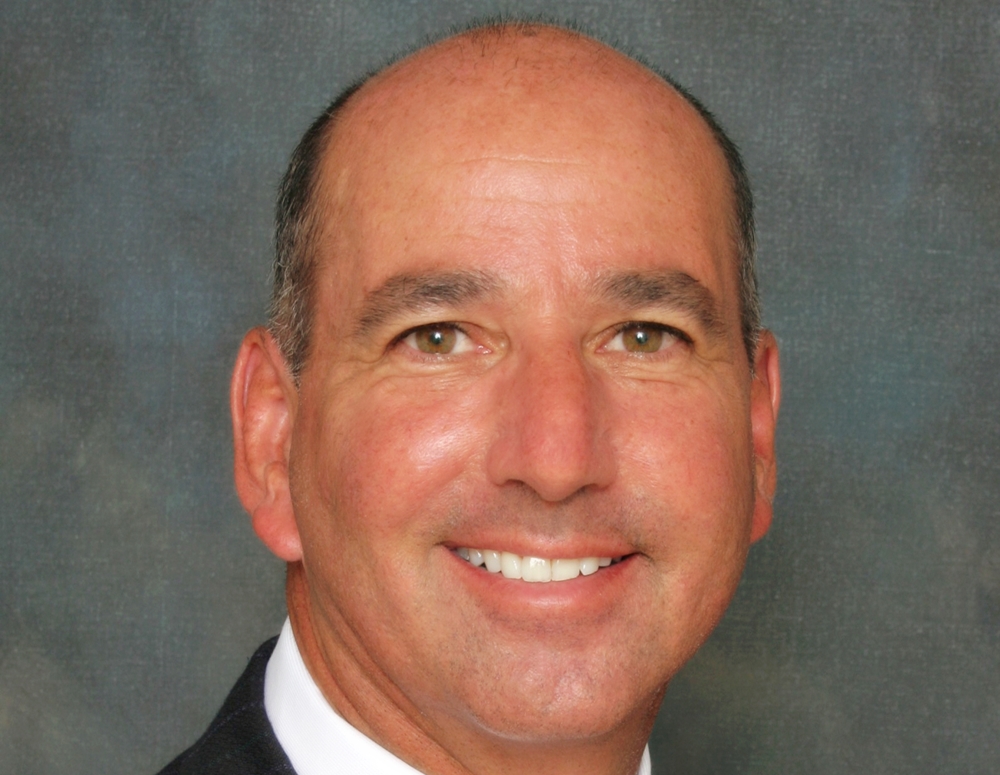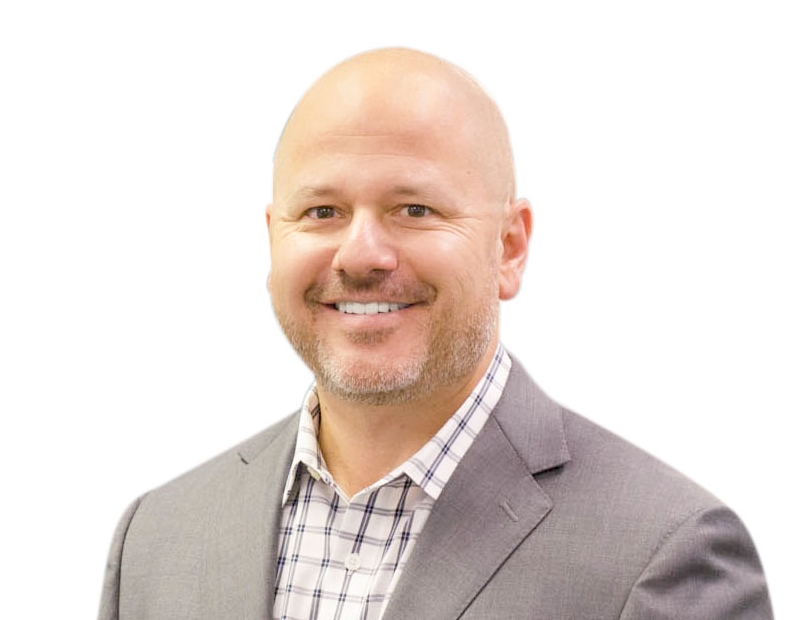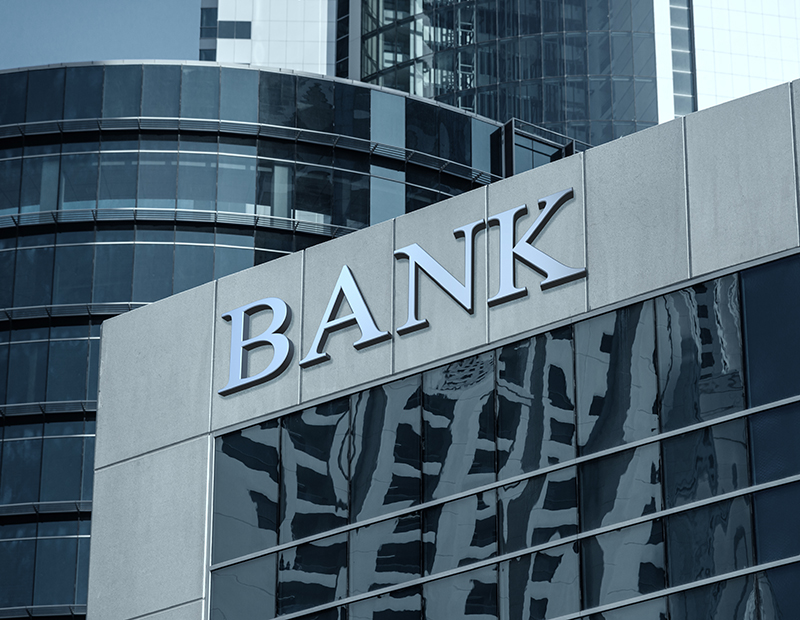Life Sciences Bolstered by COVID-19 Vaccine Race
Avison Young specialists Randy Keller, Nick Banks, Brian Cooper and Laef Barnes discuss how the sector is accommodating sudden growth and new products driven by vaccine development.
Even before the pandemic hit, the life sciences sector was on a path of steady growth, especially in major clusters, such as Boston, San Francisco Bay and San Diego, where the bulk of venture capital investment is concentrated. The coronavirus caused heightened demand for life sciences space nationwide, and the race to develop a vaccine further accelerated the sector’s importance and marketing potential. Today, landlords leasing to biotechnology, pharmaceutical and other life sciences businesses are benefiting most from this race.
According to a recent JLL report, the growth of the global prescription drug market is expected to surpass $1 trillion by 2022, fueling the competition between life sciences hubs across the entire nation. In an interview with Commercial Property Executive, four Avison Young specialists weighed in on this fast-growing trend: Nick Banks, principal & North Florida managing director; Brian Cooper, principal of life sciences in San Diego; Randy Keller, principal & Silicon Valley/San Mateo managing director; and Laef Barnes, vice president of capital markets in the San Francisco area.
READ ALSO: How COVID-19 Is Shaping Health-Care Real Estate
The growth of the global prescription drug market is expected to surpass $1 trillion by 2022. How is this expectation shaping the life sciences sector?
Keller: Clearly, there is more focus on the industry, reflecting what is currently happening in the world with COVID-19 and the need for continued research for new cures and drugs for existing and future diseases.
Boston, San Francisco Bay, and San Diego are dominating the life sciences landscape. Are there any other markets poised to benefit from the COVID-19 vaccine development race?
Banks: In addition to the areas mentioned, Gainesville in North Central Florida is another market poised to see tremendous growth from the life sciences space. The University of Florida in Gainesville is a $900 million-a-year research powerhouse that has led to a dynamic life sciences sector through a cycle of innovation at the university, incubation at the world-renowned UF Sid Martin Biotech Incubator and further growth in life science-focused research parks.
Cooper: There are quite a few other clusters, but the COVID-19 vaccine development race will be significantly undertaken by larger pharma companies or smaller companies with breakthrough technologies partnering with pharma. The scale-up in vaccine production is likely only to benefit a small number of locations where expansion in manufacturing capacity will be required.
Elaborate on the factors and conditions that stimulate growth and innovation in the aforementioned clusters.
Cooper: A self-sustaining cluster will have the same basic attributes: an abundance of research talent, frequently coming from medical centers or research institutes; a solid base of supporting professionals who enable companies to operate efficiently in their market, such as tax, legal and real estate, etc.; and relatively unfettered access to financing that keeps companies moving toward research goals. This could mean venture capital, public markets, grants and partnering/licensing deals.
Banks: University research dollars play a significant role, as well. For example, the University of Florida generates about 300 patents in a year, many of which are in the life sciences and biosciences sectors. Several of those patents spin out inventions and companies that stimulate jobs and growth in North Florida.
READ ALSO: Life Sciences Shows Pandemic-Proof Potential
Tell us about recent expansions in the life sciences industry.
Keller: As the industry has become more mainstream and accepted in the institutional capital world, it has grown exponentially over the past several years.
Banks: In North Central Florida, we’ve seen expansion across the board with life sciences companies, including groups that focus on vaccine production. Increasingly, space inquiries from companies in the industry are coming in at 80,000 to 100,000 square feet.
The importance of a COVID-19 vaccine has accelerated some life sciences corporations’ need for space. What are these companies’ requirements, and which markets are most likely to benefit from this?
Cooper: The acceleration is occurring primarily in manufacturing, which is hard to find, expensive, time consuming to build and expensive to lease.
Keller: The real need for space comes when manufacturing starts to produce the vaccine in large quantities. It is not yet known which areas and companies will benefit.
Remote work is far more challenging for research scientists than for traditional office workers. Considering this, what will the lab of the future look like?
Keller: I don’t think there will be much change for lab space. The buildings are very specialized already, and scientists need access to the labs and equipment. What will happen is more strict safety protocols being added for when people are in the building.
Cooper: Life sciences companies will always require research to be done at the bench. Much of their work cannot be done remotely. Administrative functions may be more segregated in the future and remote working for nonlab employees may be more common.
Apart from heightened demand for space, are there any other trends in the life sciences sector taking shape?
Keller: Additional trends in the life sciences sector are yet to be determined. Still, one inevitable and necessary trend would be more accessible funding, which is a critical component for these types of companies. There may be more merger and acquisition activity and joint venture agreements between companies, as well.
Barnes: Demand for life science and finite real estate offerings in the San Francisco Peninsula has resulted in the conversion of older industrial properties. Over a short time, industrial property values have increased by 20 percent to 30 percent in corridors near existing life sciences clusters.
How do you expect the life sciences sector to perform going forward considering the heightened demand for space?
Keller: The demand for space is high, and the cost of buildings is extremely high, given the infrastructure and improvements. Developers are targeting the sector, but it is risky since most of the companies outside of the very large companies and pharma companies do not have revenue or funding to last through a finite time period. If the drug fails, companies go under.
Depending on the improvements, there is a substantial risk. Initial build-out costs the developers about $175 more per square foot in a tenant improvement allowance. This is costly for a company that may not have revenue for many years, if it’s successful.
Barnes: I expect the life sciences sector to continue unabated by the fallout from COVID-19, unless the current recession turns into a depression. From an investment standpoint, the need to place capital has become concentrated on industrial and life sciences opportunities. This increased demand is a symptom of investor skepticism towards other asset types—i.e., office, retail, multifamily—and will likely soften once they regain confidence in these various areas.














You must be logged in to post a comment.